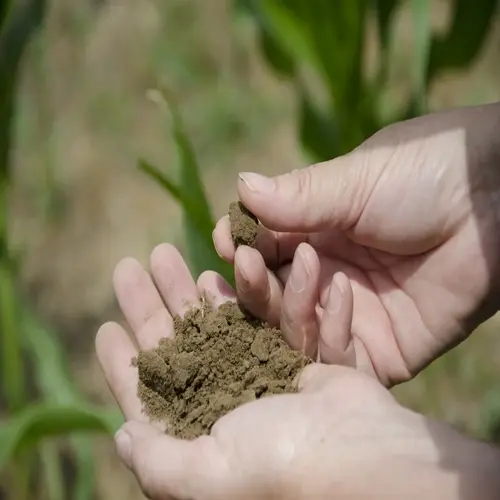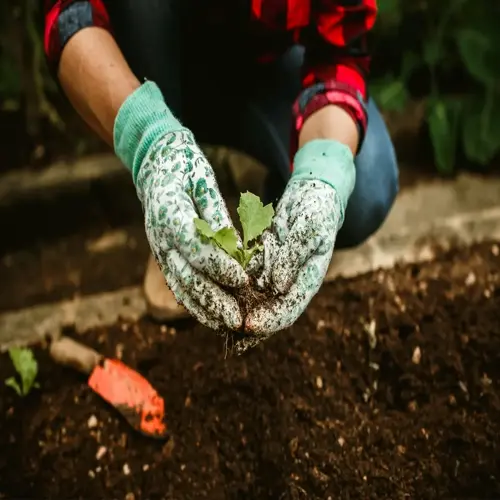How do you preserve heirloom tomato seeds properly?

Written by
Nguyen Minh
Reviewed by
Prof. Samuel Fitzgerald, Ph.D.With proper seed saving, preserving heirloom tomato varieties also conserves genetic lineage for future generations. The fermentation method is a successful way to eliminate germination inhibitors while increasing seed viability. This method will preserve the unique flavor nuances of each planting, rather than relying on hybrids.
Preparation
- Collect seeds from fully ripe disease-free tomatoes
- Place seeds in glass jar with pulp and juice
- Add equal volume water to cover completely
Fermentation
- Cover jar with breathable cloth secured with rubber band
- Store at 70-75°F (21-24°C) for 3-5 days
- Stir daily until white mold forms on surface
Post-Processing
- Skim mold and pulp then pour through fine strainer
- Rinse seeds under running water until clean
- Spread on glass plate for drying
The conditions for drying and storing seeds will significantly impact their long-term viability. Place the seeds in a single layer on a glass or ceramic plate. Do not use paper towels, as the seeds will adhere to them. Allow seeds to dry at room temperature for 1-2 weeks fully, or until brittle. You can test if they are dry by bending the seeds, which should snap rather than bend.
Label while preserving variety information for ongoing generations: tomato name, harvest date, flavor, etc. Seeds should be stored in paper envelopes, within rigid airtight containers. To maintain humidity below 40%, use moisture-absorbing silica gel packs. Inspect seeds each year for mold levels or moisture problems.
Sharing seeds also strengthens conservation of biodiversity networks, exchange seed varieties with members in local community gardens to maintain genetic diversity. Seek local seed libraries that have database adaptations to your local region. In your preservation efforts, you are helping to preserve agricultural history in the era of climate change.
Read the full article: Top 10 Heirloom Tomato Varieties for Your Garden

